1. Barn Doors Inside the House
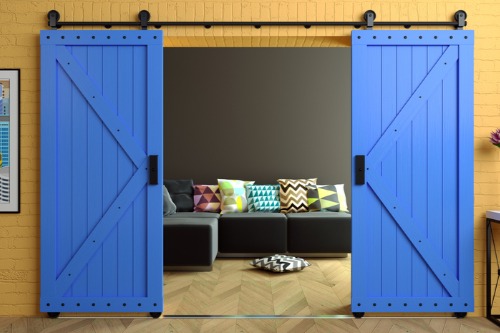
Sliding barn doors had their farmhouse moment, but they’re not always practical. They rarely seal completely, which means less privacy for bedrooms and bathrooms. Many also use exposed hardware that looks clunky in modern or traditional interiors. What was once “charming” now often feels dated and noisy.
If you want a touch of rustic warmth, try reclaimed wood furniture or shelving instead. These details add texture without dominating a space or hurting resale appeal. Most buyers today are looking for quiet doors that close properly, not décor trends from 2016. A functional home will always feel more authentic than one chasing a fad.
2. Faux Stone Veneer
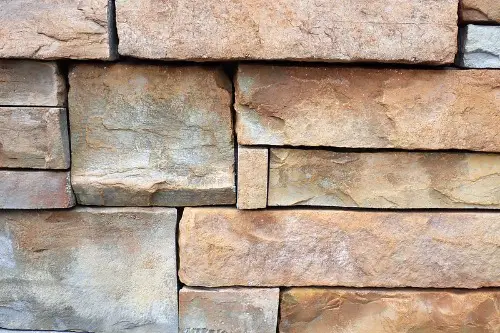
At first glance, faux stone siding can make a house look rustic and expensive. But the illusion fades fast—these panels often chip, fade, or trap moisture, leading to mold and rot behind the surface. Real estate agents frequently note that poorly installed faux stone can signal to buyers that corners were cut. It’s one of those “upgrades” that looks better on Pinterest than in person.
If homeowners want the same earthy look, it’s smarter to go with natural stone accents in smaller doses. A real stone entryway or garden border reads as genuine rather than gimmicky. Plus, authentic materials tend to age better and don’t scream “DIY gone wrong.” A little restraint goes a long way toward maintaining credibility.
3. Overdone Shiplap Walls
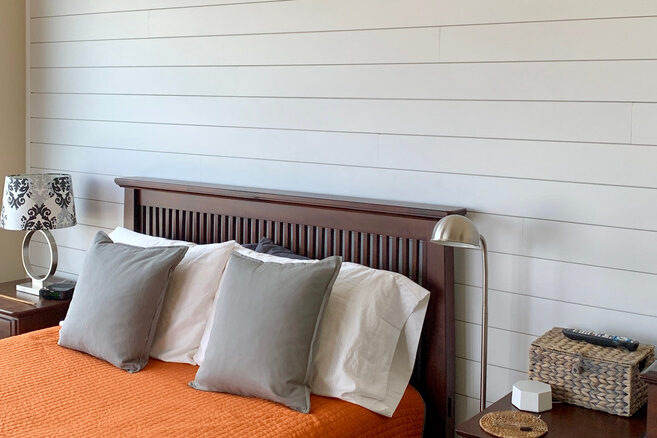
Shiplap can look lovely when used sparingly, but entire rooms clad in it tend to feel like theme park replicas. It’s a telltale sign of the farmhouse trend that peaked a few years back. Real estate stagers say buyers increasingly view excessive shiplap as a maintenance issue or a cheap attempt to “dress up” bland drywall. It’s one of those things that dates a home fast.
Instead, opt for board-and-batten or subtle panel molding for texture. These options feel timeless and suit a wider range of architectural styles. A single accent wall in shiplap can still work if balanced with restraint. The goal should be character, not cosplay.
4. Artificial Beams
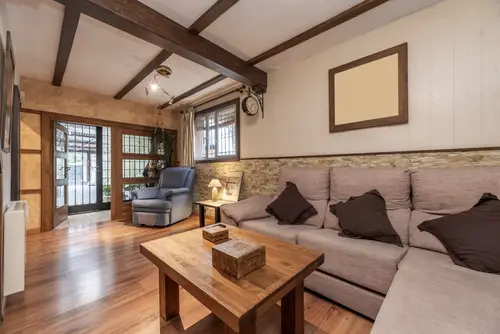
Homeowners love the look of exposed beams, but faux versions made from foam or hollow MDF often backfire. They can warp, discolor, or even detach over time—especially in humid climates. Inspectors sometimes flag these as cosmetic-only additions that can hide wiring or cracks. That makes buyers suspicious rather than impressed.
If you want the warmth of wood overhead, use reclaimed or structural beams that actually support something. The authenticity adds both beauty and integrity to the space. Even painted beams can look elegant if they’re real. In design, honesty in materials always reads better.
5. Excessive Wallpaper Murals
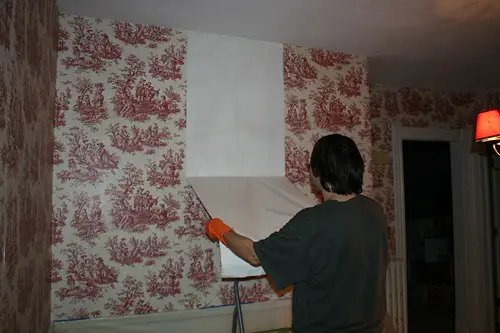
Big, dramatic wall murals promise instant personality but can be polarizing. Most buyers see them as something they’ll need to remove, which equals extra cost and hassle. Oversized florals or landscapes that dominate a wall can make a room feel smaller, too. Instead of character, they often project impulsiveness.
If you love patterns, consider removable wallpaper or textured paint. That way, it’s easy to swap out styles without committing to a full-wall statement. Subtle wallpaper in powder rooms or entryways can still add charm without feeling overwhelming. Think of it as flavoring—just enough to be memorable, not too much to taste artificial.
6. Cheap Outdoor “Upgrades”

Plastic pergolas, artificial turf, and bargain garden statues might look like low-maintenance wins. But many of these degrade quickly under UV rays or wind, leaving homeowners with brittle eyesores. Inspectors often flag loose fixtures or poor drainage caused by quick-fix landscaping. The result? A yard that looks more neglected than enhanced.
Quality materials—natural stone, native plants, and wood treated for outdoor use—create lasting appeal. Buyers trust what feels substantial and local, not synthetic. Even a few thoughtfully placed shrubs or real wood planters can elevate curb appeal. When it comes to exteriors, authenticity always pays off.
7. Distressed Furniture Everywhere
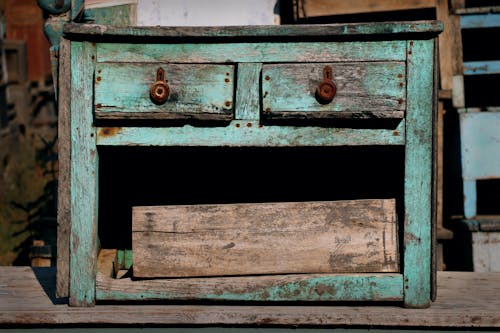
A little weathering adds charm; an entire room of “distressed” pieces just looks tired. Overdone sanding, chipping, or faux-aging techniques signal that style took precedence over quality. It’s the design equivalent of ripped jeans that went through a shredder. What once felt vintage now often reads as contrived.
Instead, mix one or two aged items with polished modern elements. That contrast feels natural, like a home that evolved over time. Even authentic antiques work better when surrounded by solid craftsmanship. The message shifts from “trying too hard” to “effortlessly collected.”
8. Decorative Vinyl Shutters
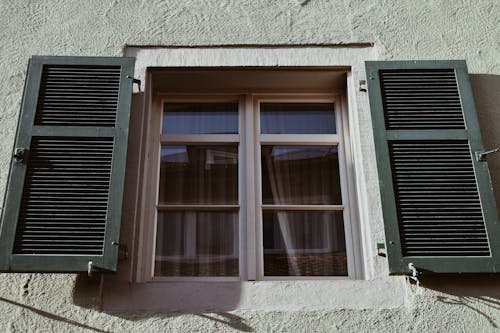
Vinyl shutters that don’t actually close are one of the biggest curb appeal offenders. They’re usually too small for the window and bolted flat against the siding, making them look fake. Historically, shutters had a purpose—protection and ventilation—so nonfunctional ones look out of place. They’re a dead giveaway that someone prioritized decoration over design.
Real wood shutters, even if just for style, can still add texture and dimension. If they’re scaled correctly and operable, they enhance authenticity. Otherwise, it’s better to skip them altogether. A clean, well-painted window trim does more for your home’s credibility than a plastic prop ever could.
9. Overly Themed Rooms

Turning an entire basement into a “Tuscan villa” or “English pub” may sound fun, but it rarely translates well. Buyers tend to see themed spaces as projects rather than perks. These rooms often require repainting, redecorating, or even removing built-ins before resale. Instead of personality, they project inflexibility.
If you want to reflect your interests, do it with accents—art, textiles, or color. Those can be easily swapped as tastes change. A room that feels adaptable always appeals more broadly. The best character is subtle, not scripted.
10. Faux Brick Panels
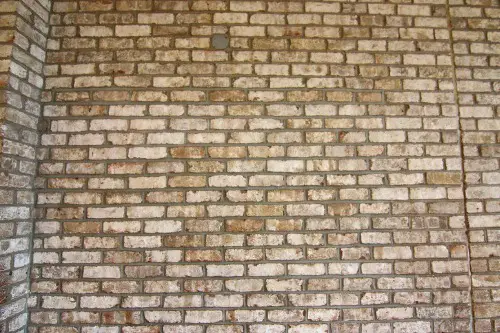
Faux brick panels are meant to mimic old masonry charm, but they often fall short. Up close, the seams and repeating patterns are easy to spot. Some even warp or separate at the corners, exposing drywall beneath. Instead of adding warmth, they advertise “cheap shortcut.”
A better route is thin brick veneer made from real clay or reclaimed materials. It gives you the same look but with actual texture and permanence. Even a small brick backsplash or fireplace surround can achieve the effect. True character lies in craftsmanship, not imitation.
11. Popcorn Ceilings
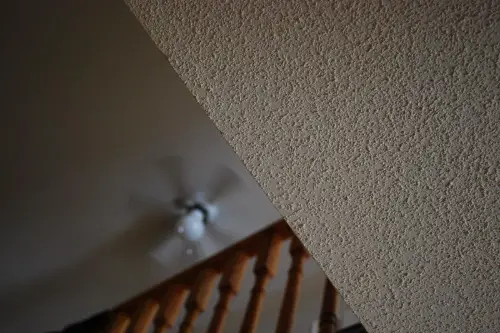
Once touted for hiding imperfections, popcorn ceilings now instantly date a home. They’re notoriously hard to clean and often contain asbestos in older houses. Buyers usually see them as a costly mess to remove. What was once modern convenience now screams “out of touch.”
Smoothing or replacing them with a simple, flat finish instantly upgrades a space. Adding subtle texture or crown molding can restore character without risk. Clean lines make a home feel more open and cared for. Sometimes simplicity is the truest sophistication.
12. Excessive Word Art
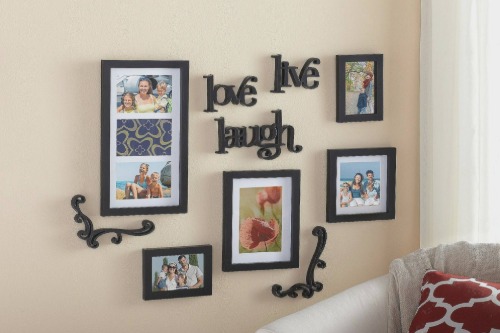
“Live, Laugh, Love” might have felt inspiring once, but over time, it’s become a design cliché. Too much word art can make a home feel staged or impersonal—like a store display rather than a lived-in space. Psychologists even suggest that constant motivational text loses emotional impact over time. Instead of warmth, it reads as filler.
If you want to make walls meaningful, display family photos, art, or vintage signage that tells a real story. These add both texture and authenticity. Personal expression should feel organic, not pre-packaged. Character is about life lived, not phrases purchased.
13. Fake Plants Everywhere

Fake greenery seems like an easy way to add life, but the effect often falls flat. Dusty or obviously plastic leaves can make a room feel neglected rather than vibrant. Even high-quality faux plants need regular cleaning to avoid looking lifeless. Guests and buyers alike notice the difference almost immediately.
Opt for real, low-maintenance plants like snake plants or pothos. They genuinely improve air quality and bring energy into a space. A few thriving plants will always outshine a jungle of fakes. Authentic greenery reflects genuine care—something no plastic leaf can replicate.
14. Overdone Accent Lighting
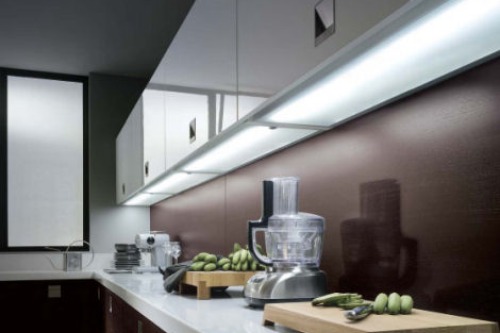
Colored LED strips under cabinets or behind TVs can look sleek—until they don’t. Too many colors or poorly placed lights make a home feel like a nightclub rather than a residence. Designers say consistent warm lighting creates far more inviting spaces. Harsh or mismatched tones instantly cheapen the effect.
Instead, focus on layered lighting: ambient, task, and accent, each with a purpose. Dimmable warm LEDs can still highlight features without distraction. Lighting should flatter the home, not fight with it. When illumination feels intentional, character naturally shines through.
This post 14 Things Homeowners Add for “Character” That Actually Lower Credibility was first published on Greenhouse Black.
